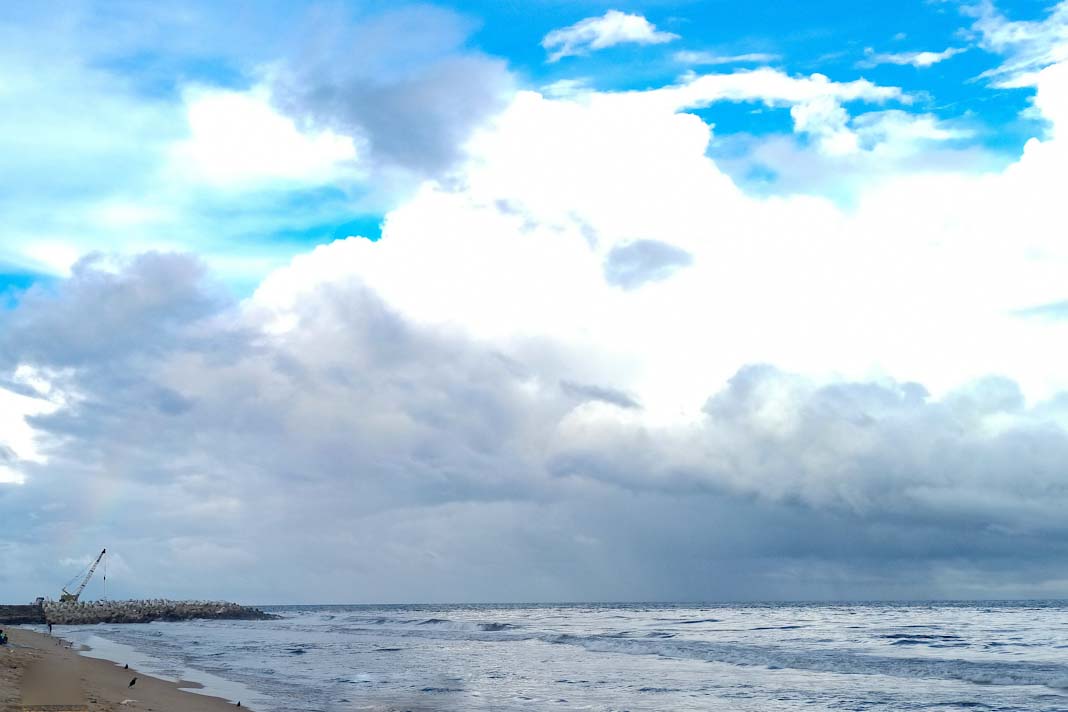The Olmeca refinery in Dos Bocas, Mexico, was inaugurated in July 2022 by Mexico’s president Andres Obrador, and his successor, president-elect Claudia Sheinbaum. Two years later, it still produces only a fraction of its nameplate capacity of 340 kbd, despite numerous promises of reaching full capacity over the years. Claudia Sheinbaum was elected to office in June of this year and has promised to steer away from her predecessor’s policy of resource nationalism by investing in renewable energy and capping Mexico’s oil production. She has, however, signaled continuing support for PEMEX, the national oil company, which is underlined by the flagship project that is the $16.8 bn Olmeca refinery, reports Gibson.
Olmeca Refinery
Kepler data shows cross-country clean flows averaging 40 kbd out of Dos Bocas between May and August, largely consisting of diesel. According to Pemex, the refinery processed 65 kbd in July, producing just 21 kbd of diesel and no gasoline. Some sources suggest the refinery is ramping up and currently running at 60% (around 200 kbd), whilst Pemex’ latest statement promised a full start-up by the 21st of August, with production split into 175 kbd of gasoline and 130 kbd of diesel. Yet, it is unclear whether these numbers closely reflect the reality on the ground.
On one hand, CPP imports dropped this year, averaging 670 kbd in the first 8 months of the year compared with 750 kbd last year. On the other hand, the numbers have been edging up in recent months, whilst lower CPP imports during the 1st five months of 2024 could be at least partially explained by increased refinery runs at other Mexican refineries over the period.
In terms of crude exports, average shipments for the year to date have also declined, reaching a low of 850 kbd compared with 1.1 mbd in 2023, which may suggest increased intake into Olmeca. However, one of the main drivers behind declining crude exports is continuous underinvestment in oil exploration and production, of which the latter is down to 2 mbd in 2024 from 2.1 mbd in 2023. The IEA predicts that production will further decrease to just 1.46 mbd in 2030, another 27% drop in six years.
At first glance, the latest developments spell bad news for the tanker market. Once Olmeca is fully operational, CPP imports from the US will be reduced significantly. Further, declining Mexican oil production in the coming years will leave less room for seaborne exports. US refiners also import medium and heavy grades from Mexico, the availability of which will decline. However, this crude could be replaced with further-flung Canadian, Middle Eastern, and Atlantic barrels of similar grades. Some additional TMX barrels could be diverted into the USG, but that depends on freight economics. Lastly, if short-haul USG/Mexico CPP flows are at least partially replaced by longer-haul exports, this could help to make up for the loss of tonne miles.
All in all, problems at the Olmeca refinery won’t easily be overcome. PEMEX has struggled to keep its promises of full production, and Reuters reports that the company has long relied on capital and tax breaks from the government to keep servicing its large debt pile and keep operations running. With these stumbling blocks in mind, until the flows change we remain skeptical.
Did you subscribe to our daily Newsletter?
It’s Free! Click here to Subscribe
Source: Gibson
















